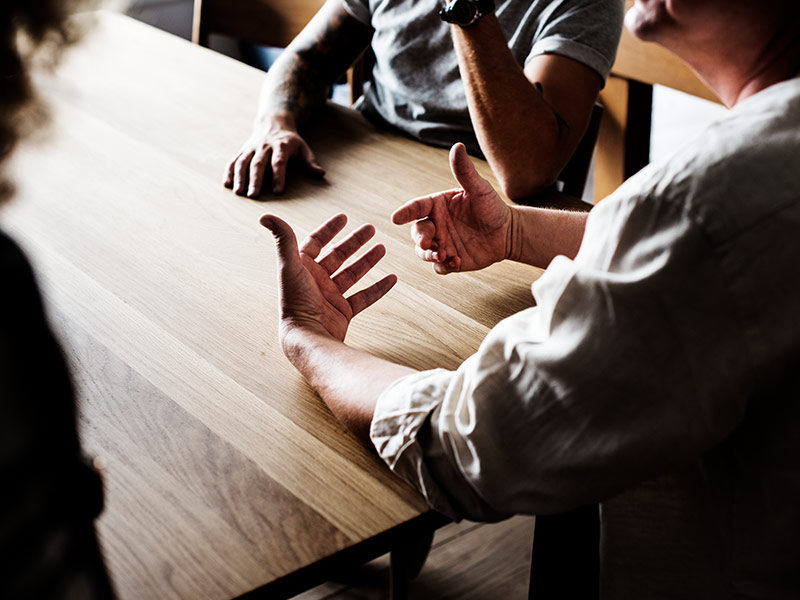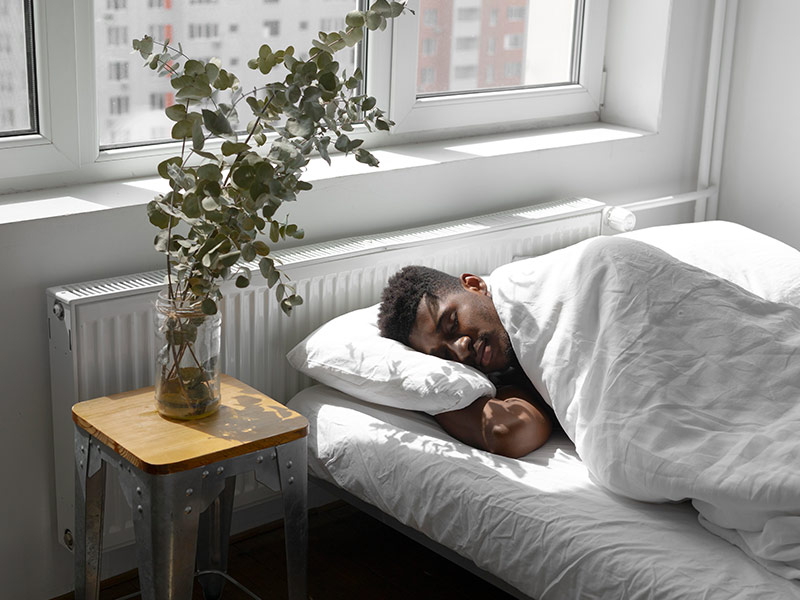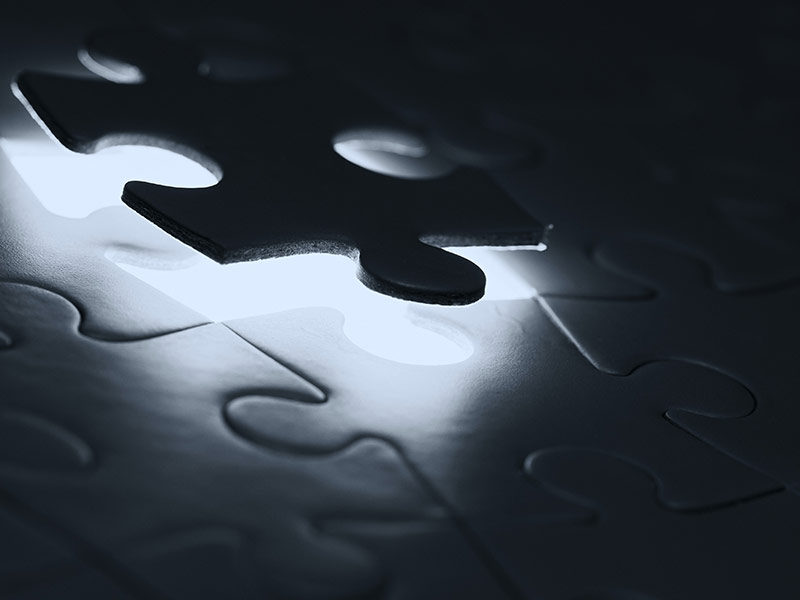Articles Tag: Managing Distress
Distress occurs when we are unable to deal with the adverse life experiences that we experience and results in us developing unhealthy emotions, mind, relationships or body. So what helps us to deal with and recover from distress?
The answer is resilience. Resilience is the ability to recover from adverse life experiences. Just like immunity helps protect us from physical illnesses, resilience protects us from mental illnesses by helping us deal with the distress we experience. The stronger our resilience, the better we are able to deal with any distress we may face.
How do we strengthen our resilience? By practicing coping skills!
Coping skills are different techniques that we use to relieve the distress we are experiencing. While all coping skills may help us feel better in the short run, some of them may be harmful in the long run. That is why we divide coping skills into two categories; helpful and harmful.
Harmful coping skills are those which, despite bringing relief in the short run, may be harmful in the long run. They include substance abuse, harming others, harming ourselves and social isolation. Using helpful coping skills in excess can even prove harmful.
Helpful coping skills are those which are beneficial in both the short and long run. To learn about them, select the options below:
Are you finding it difficult to share with someone how you are feeling? How does talking to people help us deal with distress?
One of the best ways to deal with distress is to share what we are going through with people that we trust. Talking about problems is different from casual socializing since talking involves directly addressing the issue, while socializing serves as a distraction from the problem. While both activities are useful for feeling better, talking is much more effective since you are actively dealing with the problem rather than avoiding it.
In order for us to talk about our problems, it is extremely important to find a trustworthy person who we can confide in. Sharing our issues with people who will not respect our privacy, or use it against us, can prove harmful. In fact, almost all of us have had some kind of experience in which our confidants have betrayed us. A common reaction to this is to become distrustful of everyone around you and keeping your problems to yourself. This can prove problematic since by doing so we are denying one of our most basic human instincts; to connect with and share our stories with others. Even if we have had a bad experience, we shouldn’t assume that all future experiences will be similar. Therefore, it is important that we are able to identify someone we are comfortable sharing with. This can be your friend, sibling, parent or a mentor.
Not only should the person we confide in be someone that we trust; they should also be a good listener. This is because it is frustrating to share our problems with people who are not good listeners as they are unable to meet our listening needs. If you think your confidant needs to improve their listening skills then please refer them to the compassionate listening section.
Talking is helpful because it allows us to share how we are feeling with others and come up with solutions to our problems. Just expressing our issues can help relieve the burden on us since talking about our problems helps us to organize our thoughts and come up with solutions ourselves. It is usually better when we come up with our own solutions, rather than taking the advice of the listener, because we know ourselves and our situations best.
Sometimes we may not be able to find someone we can comfortably talk to about our problems. In such a situation it may be helpful to seek professional help from therapists. For more information please visit the understanding therapy section.
So what are you waiting for? Identify a good listener who you can trust and start talking!
What role does sleep play in helping us manage distress? What happens if we don’t get enough sleep? What is sleep hygiene?
One of the most important ways in which we can manage distress is to ensure that we are getting enough sleep. This natural human function plays an important role in helping us to stay healthy.
Why is getting enough sleep important? When we are awake, our bodies are consuming energy and producing toxins which are accumulating in different parts of our body. When we sleep, our body gets the opportunity to clear out the toxins. If we don’t get enough sleep we don’t give our body this opportunity which results in our immunity weakening and us becoming susceptible to physical illnesses.
Sleep also has other essential functions such as processing information and events from the day. Lack of sleep negatively affects our mental health and so we may have difficulty focusing and performing at work. It also leads to the development of unhealthy emotions and so we may feel irritable after one sleepless night, and depressed after several sleepless nights. Developing a proper sleep/wake cycle is therefore important to stay healthy and be able to manage distress.
So if you have problems with your sleep, how can you fix them? By practicing sleep hygiene! These are some techniques to use to ensure healthy sleep:
- Avoid certain substances before bedtime; stimulants such as tea, coffee or cigarettes near bedtime make us more alert and prevent us from falling asleep.
- Limit day time naps to 30 minutes; while short naps in the day can be helpful, prolonged napping can prevent us from being able to sleep at night since the body’s need for sleep is fulfilled by napping. However, napping doesn’t have the positive effects of deep sleep.
- Limit certain types of food at dinner; food rich in fats, spices or fried food can disrupt sleep and so should be limited before sleep.
- Establish a routine; sleeping around the same time every day will help our body develop a natural cycle.
- Develop practices that facilitate sleep; practices such as meditation, drinking a warm glass of milk or taking a warm shower can also help us facilitate healthy sleep.
- Switch off devices; watching television or using cell phones stimulates the brain and prevents us from sleeping. Therefore, switching off or putting away devices before sleeping is also very important.
- Exercise regularly; exercise helps us to burn the excess energy that has built up inside of us and facilitates healthy sleep.
- Maintain a pleasant sleep environment; we must ensure that the room is comfortable and there are no lights or noises that can prevent us from sleeping.
Expressing our emotions through creative means can not only reduce distress, but can also be an empowering exercise. Often we struggle to express our emotions through words and in conversations. Art journaling is an alternative way of externalising the emotions we experience, using colour, space, texture etc. In doing so, we can become aware of our emotions, link them to our thoughts and behaviors and experience them in a more balanced and manageable way.
Art journaling has a rich history and has proven to be an effective means to deal with emotional distress. It has been used both by professional art therapists working with their clients as well as by people who want to take some time out for themselves and engage in self-care activities. There are no ‘right’ or ‘wrong’ ways of doing art journaling, as what really counts is not the final product but the process (the doing of the art journal itself). Remind yourself during the process that art journaling is not about approval from others, but an activity you do for yourself.
It is important that you try to put your inner critic, the fear of failure, and the fear of the unknown aside. Don’t try to analyse the art, rather observe it and acknowledge the responses it evokes in you. Notice both the negative and positive responses, without judging them. Allow, observe, recognize and accept the feelings that emerge both during and after the art-making.
There are a few tools and techniques that may help you to get your art journal started:
- Create yourself a little toolkit
A simple notebook or booklet, pencils, colourful pens, tape, old newspapers or magazines, scissors, leaves or soil – whichever of these things and others that come your way – are a great start. There are more things around than you think there are. And if not, even with a pencil we can fill an entire art journal!
- Make the art journal yours
Write your name on it, create a cover page, fill it with images, shapes and colors that speak to you and help you express yourself. In order to protect your privacy, leave it in a place where only you can find it.
- Start a routine
It is important that you take out time to regularly do art journaling. At times, journaling at the same time in the same place can help develop a routine and stay consistent. Even if it is only for ten minutes, the practice to take time out to be with your inner reflections is what counts!
- Have a start with shapes:
It can be difficult to choose an art activity and getting started may be the most difficult part. If you are not used to doing art regularly or feel self conscious of the product, start with drawing specific shapes – parallel lines or circles. Allow yourself to draw as fast or slow as you feel like – it is the process, not the outcome which counts. It is a calming exercise and you may be surprised at what emerges.
- Some activities you can try are:
– What is my climate today?
Ask yourself how you are feeling today and let a drawing of a particular climate and weather, with different shades and colours, answer the question.
– Non-dominant hand drawing
If you are right-handed, try using your left hand, and vice versa. Non-dominant hand drawing has proven to engage the brain in a different way and enhances our cognitive capacities. More importantly, using your non-dominant hand allows you to focus less on the art product and more freely on the process of art making itself.
– Photo-collage
Put together pictures, newspaper snippets and other material in a collage. You can draw under, over and between the bits and pieces you have put together.
Practicing art journaling regularly and in a structured manner has proven to be greatly effective as a form of stress relief and to deal with unpleasant emotional states, as well as savour pleasant ones. The simplicity of the process and the ease of access to materials allows anyone (any gender, age or socio-economic class) to utilize it to help themselves relieve stress, express their inner thoughts and feelings, and gain clarity and at times even insight to resolve dilemmas or challenges.
Are you facing a problem that seems impossible to solve? Is there any skill that can help you solve difficult problems?
Encountering problems is a part of being human and every day we face several problems which can include being late for work, being stuck in traffic or having an argument with a loved one. Most of the time we are able to solve these problems successfully and move on with our lives. However, sometimes we may be faced with a problem that may seem to have no solution and may be causing us a lot of distress.
So what do we do when we are confronted with a difficult problem? Here are some steps that you can take:
- Identify the problem; the first step in the process is to recognize what the problem is and what its causes are. This step is important because often, when we are feeling stressed, our thought process is distorted and we may not be able to pinpoint the real problem clearly.
- Analyze the problem; in this step it may be helpful to understand what aspects of the problem are in your control and which ones are not. By focusing on aspects that are in your control, and accepting those that are not, you can come closer to dealing with the problem.
- Brainstorm solutions; this can be done by listing all the possible solutions that come to your mind. After identification, shortlist the most effective solutions. It is ideal to come up with 2-3 potential solutions.
- Analyze solutions; after shortlisting the solutions, you can start listing down the advantages and disadvantages of each approach. Solutions that have the most advantages and least disadvantages are often the best approach. It may even be helpful to discuss your ideas with someone you trust to get another perspective. You can also combine different solutions to arrive at the best one.
- Implement solution; after you have selected the best possible solution, develop a plan to implement it. This may involve thinking about people to work with, setting a timeline and defining what it means to be successful.
Following this method can help you solve even the most difficult of problems. If the problem isn’t solved, then you may have to go back to see if you have identified the problem correctly, selected the most appropriate solution and restart the process again.
Keywords / Tags
- Anxiety|Depression
- Anxiety|Mental Illness
- Caring for Sufferers
- Communication Skills
- Depression|Mental Illness
- Distress
- Distress|Grief and Loss
- Distress|Healthy Parenting
- Distress|Relationship Problems
- Empathetic Listening
- Healthy Life
- Healthy Parenting
- Managing Distress
- Mental Illness
- Relationship Problems
- Self Care
- Understanding Therapy
- Work/School Life Balance





